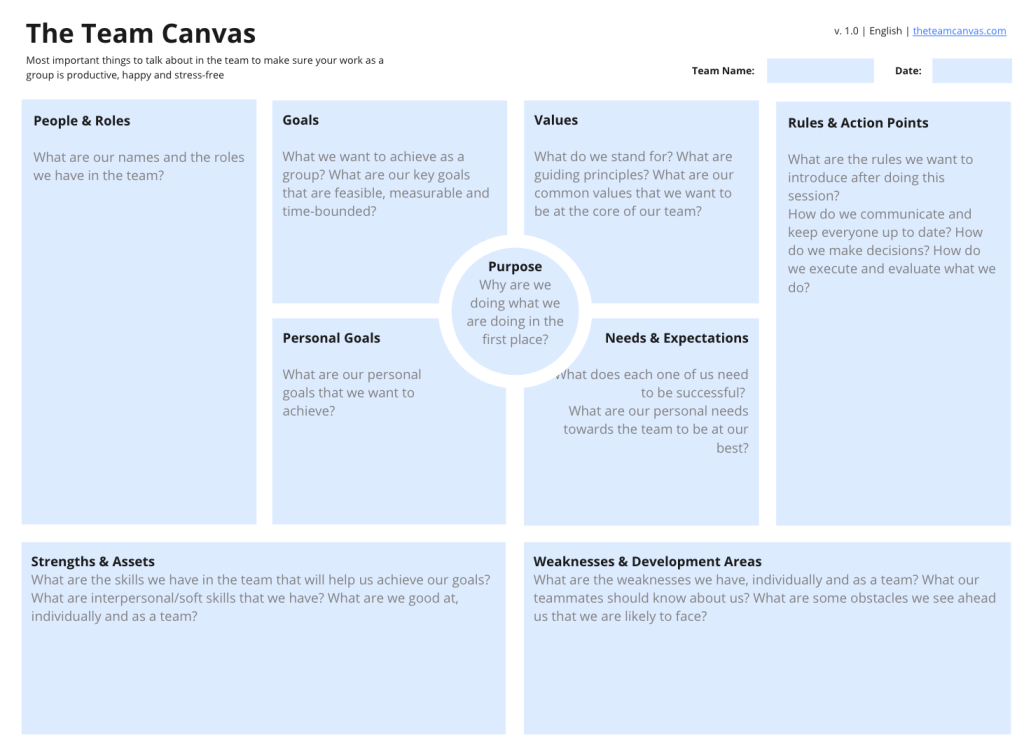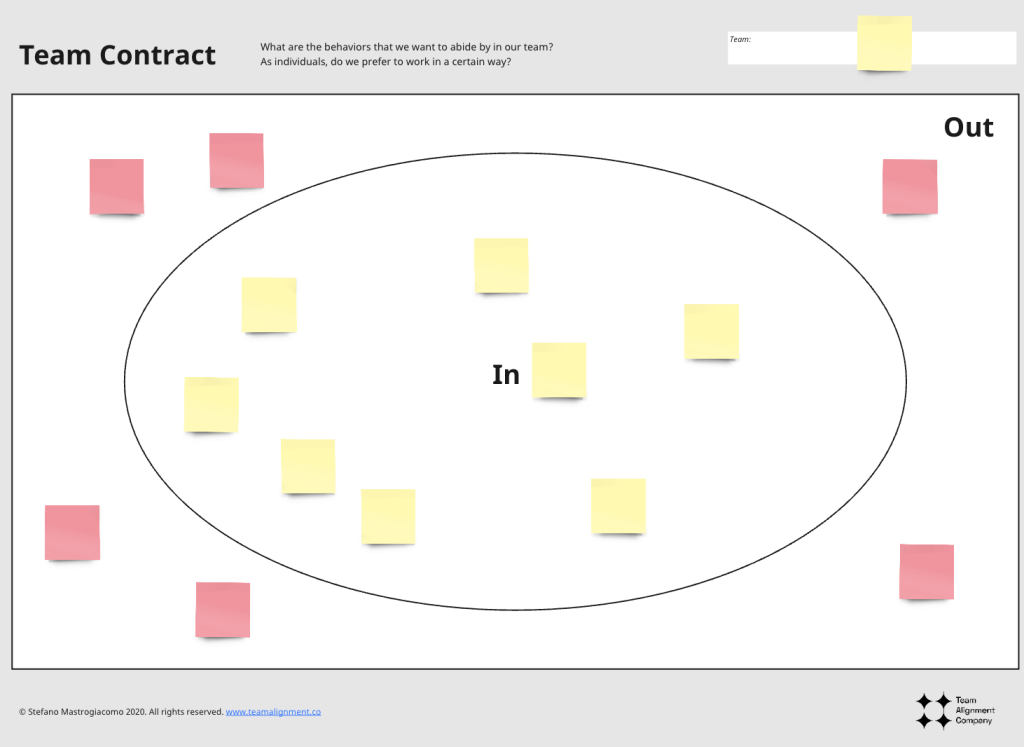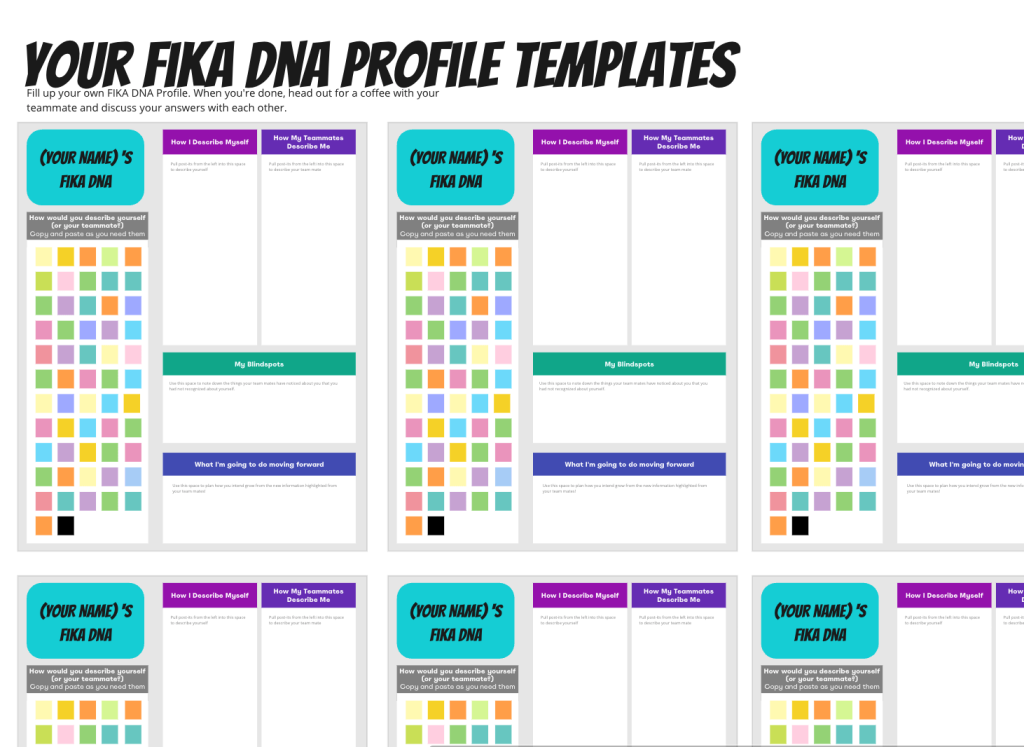Our view at Stack - Simplify web development with Webflow, reduce costs, and deliver professional results. No-code, responsive, and SEO-friendly. Explore your creative potential!

A content management system is a software application that reduces tedious manual tasks and lets you focus on what really matters — delivering high-value web content.
A content management system (CMS) helps you build web content without requiring specialized knowledge or technical skills. It usually consists of two parts:
- Content management application (CMA): an interface to build your site
- Content delivery application (CDA): an app that updates your site’s content
Without a CMS, you’d need to code each web page manually, a resource-intensive process for recurring, templated content like blog posts, case studies, and release notes. Robust management software empowers you to standardize templated pages in one place.
There are many different kinds of CMS platforms to serve everything from massive multi-site enterprises to website builders for small businesses.
Why you need a CMS
While CMSs may differ in their interfaces, database structure, and development features, they all organize content and help build your website. The best CMS platforms also manage content creation with seamless collaboration. You need a CMS for three primary reasons. A CMS:
- Houses all your content
- Streamlines website-building efforts
- Implements customizable user roles and permissions
It houses all your content
Websites use an immense amount of text and data, including large media files like graphics, photos, videos, and audio. To help organize these files, a CMS provides a few key solutions for digital asset management.
First, a CMS stores your digital content in content collections — databases that automatically organize your content types — so you can easily insert it into your website design. You might have collections based on the categories of posts, authors, projects, or clients. For larger sites, some CMSs also offer storage for product information and images. A CMS provides indexing, which allows you to label files (with names, dates, and file types) so you can search and access content across multiple websites and mobile apps. This feature gives you more flexibility in how, where, and when you work with your content files.
It streamlines team website-building efforts
A CMS streamlines the web-building workflow by standardizing and managing templated pages in one place. As a result, teams using a CMS can build quickly and efficiently. In fact, visual-first systems make it possible for non-technical users to design for sites, reducing the reliance on developers and saving on labor costs.
The user interface functions differently for every platform. Some are based on themes, templates, or extensions that let you change settings and enter content into forms to customize your site’s appearance. Other CMSs feature drag-and-drop page builders to design and structure web pages visually. Systems often incorporate reusable elements, allowing you to construct similar pages quickly and apply broad design modifications without adjusting each page.
It allows you to set user roles and permissions
Platforms like Webflow allow for multiple workspaces or different types of logins, each with specific permissions. Different user roles, like editor, author, or administrator, let you introduce collaborators to your website-building process while keeping them from seeing sensitive information. Sharing login access lets copywriters or editors change the text on the website directly, but by limiting permissions and capabilities, you can also prevent team members from inadvertently corrupting your page design.
Clients can have a login that allows them to upload new assets directly to the CMS for developers and designers to edit and incorporate. Some CMS platforms offer features like version control or design-locking mechanisms, allowing designers to seamlessly transition projects without overlapping or disrupting each other’s contributions as they work concurrently.
Types of websites that use CMS
Some platforms specialize in specific types of websites. For instance, Adobe Commerce and Shopify specialize in producing ecommerce platforms. However, most CMSs can create any type of website your business needs. Some types of websites developers build with CMSs include:
Four types of CMSs
There are many popular CMSs, and they all shine in different areas. While some of these examples are website generators with CMS capabilities rather than fully functional CMS platforms, they all allow you to build and manage your website much more efficiently than if you were coding it from scratch.
The first major distinction between CMSs is whether they’re cloud-based or on-premise. A cloud-based CMS (like Webflow) relies on vendors hosting the software, which is accessible via the web. The advantage of a cloud-based CMS is that it automatically updates and eliminates the need for manual maintenance. If you opt to use an on-premise system, you may need to regularly migrate your sites to updated versions of the software due to security enhancements, feature improvements, and compatibility requirements. This process is a large and expensive undertaking, which is why automated systems appeal to many organizations.
Below, we’ll dive into the four main types of CMSs, including on-premise and cloud-based platforms.
1. Visual-first CMS
A visual-first CMS, sometimes called an agile CMS, is a visual interface that lets non-technical marketing and design teams create a site’s front-end views and customize content management without technical support from software developers.
Examples of visual-first CMS platforms are:
- Webflow
- Squarespace
- Wix
- Bubble
Some platforms, like Wix, are simple and more consumer-focused. Others, like Webflow, can generate enterprise-level websites.
2. Open-source CMS
An open-source CMS is software whose source code is open for any developer to edit and add to. These platforms offer a lot of freedom and flexibility since you can use code to make your own changes, choose from an extensive range of themes and templates, and add plug-ins or add-ons for relatively unlimited functionality.
However, reliance on plug-ins and development resources can present security risks and inefficiencies. For instance, you’ll need to know coding languages and how to style content with HTML and CSS. In addition, plug-ins often come from unvetted third-party companies. Open source frameworks become outdated and vulnerable to cyberattacks, requiring ongoing maintenance and updates simply to stay online.
Popular open-source CMSs include:
- WordPress (WordPress.org, not WordPress.com)
- Drupal
- Joomla
3. Headless CMS
A headless CMS separates the back end of your website from the front end. The back end is the site infrastructure that delivers content to the “head” or front end of your website using an Application Programming Interface (API). Separating the front and back ends allows developers to build multiple heads for your CMS, dividing management from delivery and enabling different teams to work on the site simultaneously without disruption.
For instance, a headless CMS helps ecommerce businesses manage all their product listings in one centralized place before distributing them to your audience on social media, your website, and mobile apps.
You can also build websites that work for different countries, subsidiaries, or retail locations. However, this approach requires ongoing engineering resources to develop and update custom front ends, making headless CMSs better suited for larger businesses with available technical resources.
Examples of headless CMSs are:
- Contentful
- Jamstack
- Adobe Commerce (formerly called Magento)
- Strapi (also an open-source platform)
4. Digital experience platforms
A digital experience platform (DXP) is an integrated software framework with a suite of tools for managing content across your digital presence. In addition to acting as a content manager, it usually includes specific tools for ecommerce, customer personalization, and analytics on reviews and listings. Consider using a DXP if you need a powerful enterprise content management system that handles vast quantities of content across many platforms.
Examples of digital experience platforms include:
- Adobe Experience Manager
- Sitecore
- Acquia
- HubSpot
Key factors to consider when choosing a CMS platform
The best CMS for you usually depends on its functionality and features. You can select a platform within your budget that’s simple to use to build specific features your website will need.
Pricing
The cost of CMSs ranges from free to thousands of dollars a year.
Open-source CMSs are free by nature. Some platforms offer free trials, so you can experiment with their interfaces and learn how they work. Others have subscription tiers based on your specific needs or company size.
Remember that the sticker price isn’t always the final cost of using a particular CMS. WordPress.org, for example, is free to start, but you’ll have to pay for some additional themes and plug-ins if your business needs to expand; these costs quickly add up. You may also need to pay for a web hosting provider if the platform doesn’t offer hosting.
We recommend comparing tool prices, using free trials, and calculating ongoing costs before committing to a system.
Ease of use and design flexibility
A CMS should make it easier to build for the web, but some tools still have a steep learning curve or require technical expertise. While open-source CMS tools are the cheapest, they also require the most technical knowledge. However, these platforms usually give you the most control over your design and the ability to add complex functionality.
Some CMS platforms, like Squarespace and Wix, are user-friendly and simple to learn, but limit how much control you have over your design. Other systems’ workflows have a steeper learning curve but offer fairly unlimited customization. Tools like Webflow use visual development features that empower both technical and non-technical users to build complex functionality like animations and interactions.
Determine the in-house teams working on your website design to assess their technical skills. Then, select a tool that empowers them to do their best work. For example, marketing teams might benefit most from a visual-first CMS that supports designing front-end displays. Large retailers may choose a headless CMS to manage vast back-end data.
Security
The security of your sensitive information and protection against cyber attacks are essential for any commercial website, especially if you have an online store or collect customers’ private information on your site.
You can evaluate security features when choosing a CMS to suit your privacy needs. Functions like two-factor authentication (2FA), SSL certificates, and SOC 2 certification create multi-step sign-on processes to make hacking more difficult. Be cautious when using a CMS that relies heavily on plug-ins; they are often created by unvetted third-party vendors and can introduce security risks. Some platforms vet all integrations and work with trusted developers.
Integrations
Integrations streamline and expand digital platforms’ functionalities. By connecting your CMS to other tools, you can automate workflows to reduce manual tasks and potential errors. For example, link your CMS to ecommerce platforms to simplify inventory management and order processing.
Integrating your CMS with Customer Relationship Management (CRM) software centralizes your customer data, enabling more targeted marketing and responsive customer service. Adding Software as a Service (SaaS) solutions like membership systems, payment gateways, and analytic tools enhances user experience, secures transactions, and provides insights into your website’s performance.
Search engine optimization (SEO)
Your CMS can optimize your site visibility through SEO controls that allow you to customize alt text, meta descriptions, URL slugs, and page titles. Incorporating highly searched words and phrases in this metadata boosts your search rankings and helps your audience find your website. It also directs them to specific pages that answer their questions or provide products they’re seeking. Some CMS platforms have innate SEO features, while others offer additional plug-ins.
A CMS is where content meets design
A fast, secure, and organized CMS like Webflow helps you build websites with customized content structures, linked dynamic visuals, and filtered displays. This scalable system expands your creative possibilities and empowers you to design the website of your dreams. When choosing a CMS, think of it as a tool that frees you to focus on creative design instead of laboring over technical management details. By taking tedious manual work off your plate, these systems offer the freedom to invest in your site’s content value, aesthetic design, and contribution to your bottom line.
If Webflow is of interest and you'd like more information, please do make contact or take a look in more detail here.
Credit: Original article published here.








































































